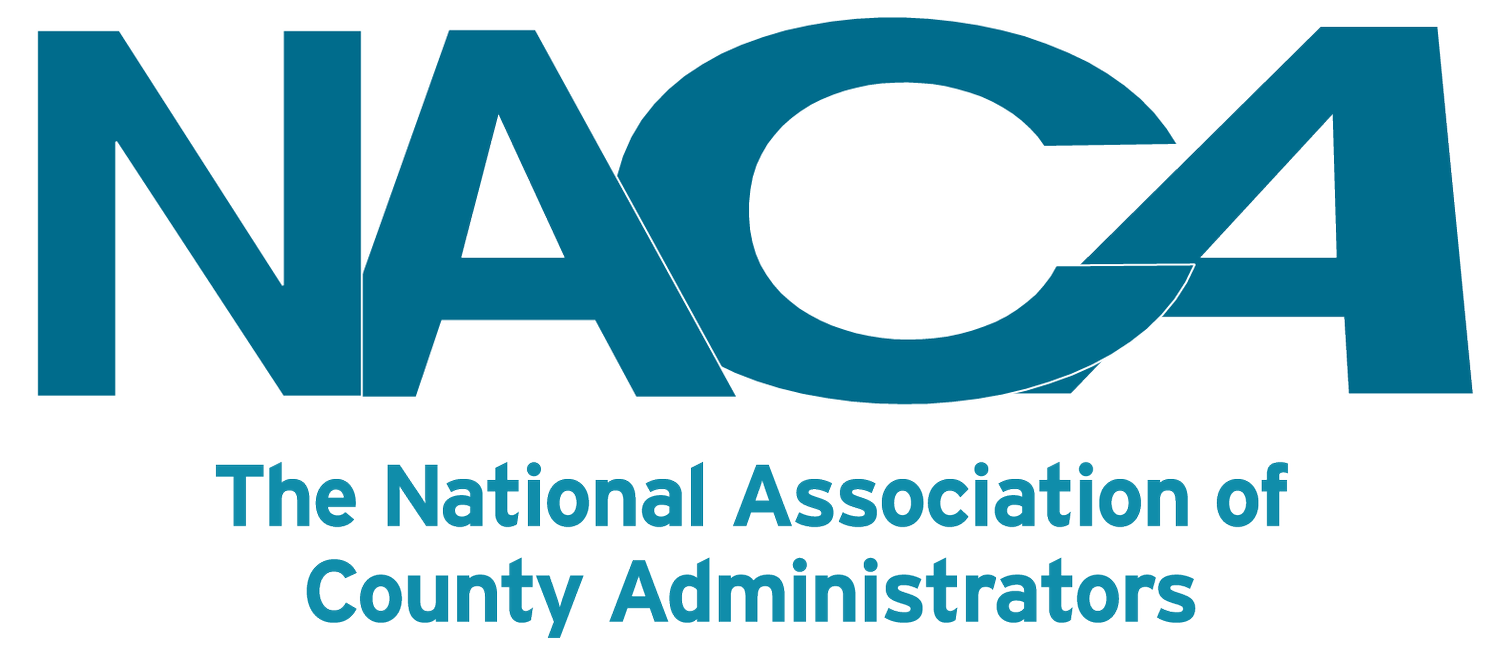Focus on wellbeing: The truth about mindfulness
Gary Billotti and Kimberly Houston, Midland Area Wellbeing Coalition
In the 18th century, Johann Wolfgang von Goethe coined the phrase the only constant is change. This quote sums up our past year of shared global and community experience. COVID, quarantine, U.S. social unrest, state, local and national politics represent the range of change occurring while we tried to manage our lives. We’ve felt many emotions and experienced feelings we weren’t able to control.
Wouldn’t it feel good to manage unexpected change and the daily pressures of life without feeling stress or anxiety, even to the point of possibly making each day more enjoyable? Envision being more efficient, effective, and engaged at getting tasks completed. Enter Mindfulness.
Dr. John Kabat-Zinn described mindfulness as paying attention in a particular way, on purpose, in the present moment and non-judgmentally. Dr. Shauna Shapiro defined it as “a practice that involves three components:”
Attention: What are you paying attention to and what distractions are you putting aside?
Intention: ‘Why’ are you doing what you are doing? What do you want to have happen?
Attitude: How are you paying attention – with acceptance, openness, and curiosity?
Mindfulness is supported by a diverse set of practices including meditation, proper breathing techniques, and yoga. Of equal importance is the ability to “apply”
Mindfulness throughout our day. Here are examples of how we apply Mindfulness in our daily living.
Kimberly: I pause throughout the day to notice where I’m carrying tension in my body and actively release it. When feeling anxious, I pay attention and practice slowing down my breathing. I walk daily, noticing and enjoying the shapes, colors, smells and sounds around me.
Gary: I view mindfulness as a preventive health measure and no longer look at daily exercise as an item to check off my list. Rather, I pay close attention to how I am feeling with every movement like the sensation of my feet, reducing potential injury and getting greater benefit. When I eat, I try to slowly savor the taste and smells of the food, resulting in enjoying the moment and eating less.
What are ways you can develop and apply your mindfulness ‘muscles’?
Mindful Touch: Hold and explore an object with your hands and fingers, feeling the shape(s), texture(s) and temperature. Do this exercise with your eyes open or closed. Try touching a collection of objects or fabrics (wool, velvet, linen, etc.) and experience the differences.
Positive Memories: Recall a positive life event and use your imagination to transport you back to that time and place. “See” it in your mind as a movie – tune in to your senses.
Notice the good emotions which come up with the experience and “feel” them again.
Mindfulness Apps: Search your smartphone, tablet, or computer for free Apps. Practice mindfulness with the ones you find helpful and share them with friends and loved ones.
Mindfulness helps us experience the simple joys found in daily living. Throughout the day, ask yourself where I am focusing my Attention, Intention and Attitude? If you practice using your Mindfulness Mental Muscles, it will become a habit and you will benefit more. Try experiencing your life as a mindful beginner — with a new perspective of curiosity, openness and acceptance.
Gary Billotti and Kimberly Houston are two of 182 local residents who earned a certificate in the science of wellbeing. Billotti is a health educator and owner of HEALTHLEGACIES LLC. Houston is an organizational consultant, leadership coach and community volunteer. Visit midlandareawellbeing.org for more information.
